Why Is My Dog’s Fur Turning Yellow?
If you’ve noticed that your dog’s fur is starting to turn yellow, you’re not alone. This is a common problem, and there are a number of possible causes. While dogs typically have a variety of coat colors, a sudden change to a yellowish hue can be alarming and indicate an underlying health issue. Identifying the root cause of this discoloration is crucial to maintaining your dog’s well-being and addressing any potential health concerns.
Possible Causes and Solutions:
a) Urine Staining:
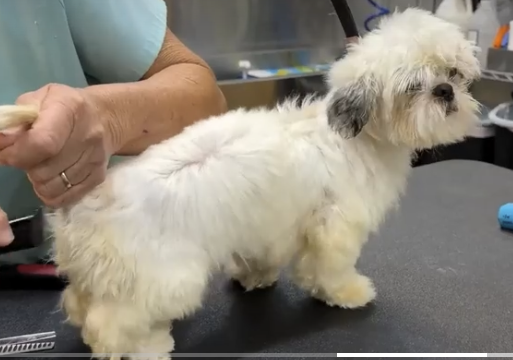
Cause: This occurs when a dog accidentally urinates on themselves or lies down on a surface contaminated with their own urine, often due to being in a space too small. The urine contains urochrome, a pigment responsible for the yellow color, and when it comes into contact with the fur, it can lead to discoloration over time.
Solution: Maintain proper hygiene for your dog by regularly bathing and grooming them. Use mild pet shampoos and rinse thoroughly to remove any lingering urine residues. Consider taking your dog out for more frequent bathroom breaks to minimize accidents that lead to fur discoloration. Try a whitening shampoo for best results.
b) Diet:
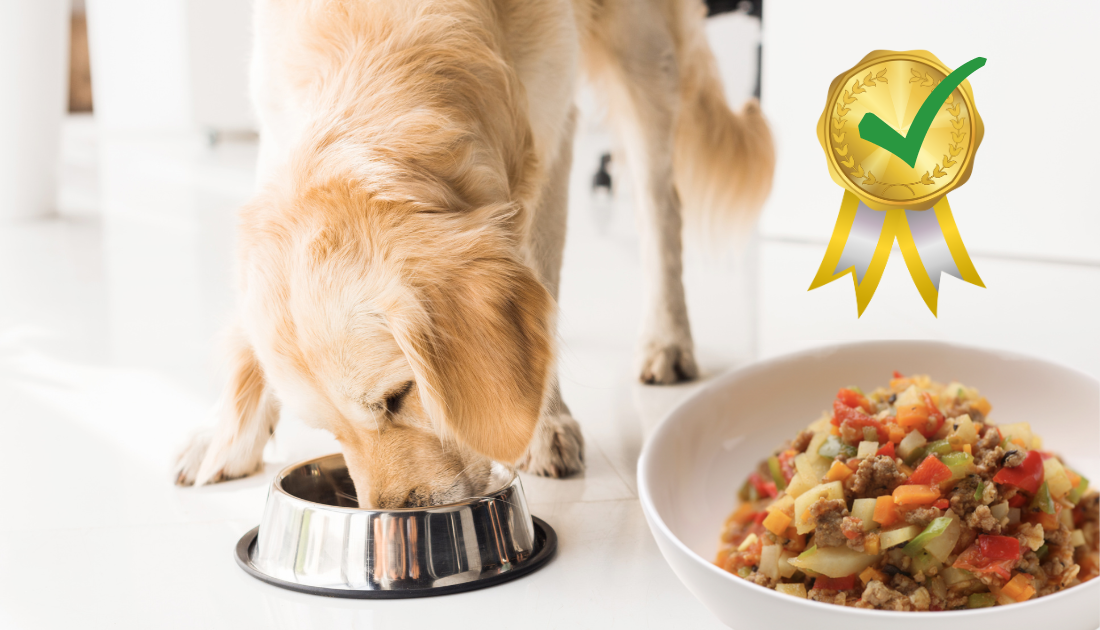
Cause: Certain ingredients in your dog’s food, such as artificial colorants or excess amounts of certain vitamins, can lead to changes in the pigmentation of their coat.
Solution: Ensure that your dog is on a well-balanced and nutritious diet, ideally with high-quality dog food that does not contain unnecessary additives or colorants.
The three foods that are super healthy and that almost every dog loves, even the pickiest dogs, are:
1. The Farmer’s Dog.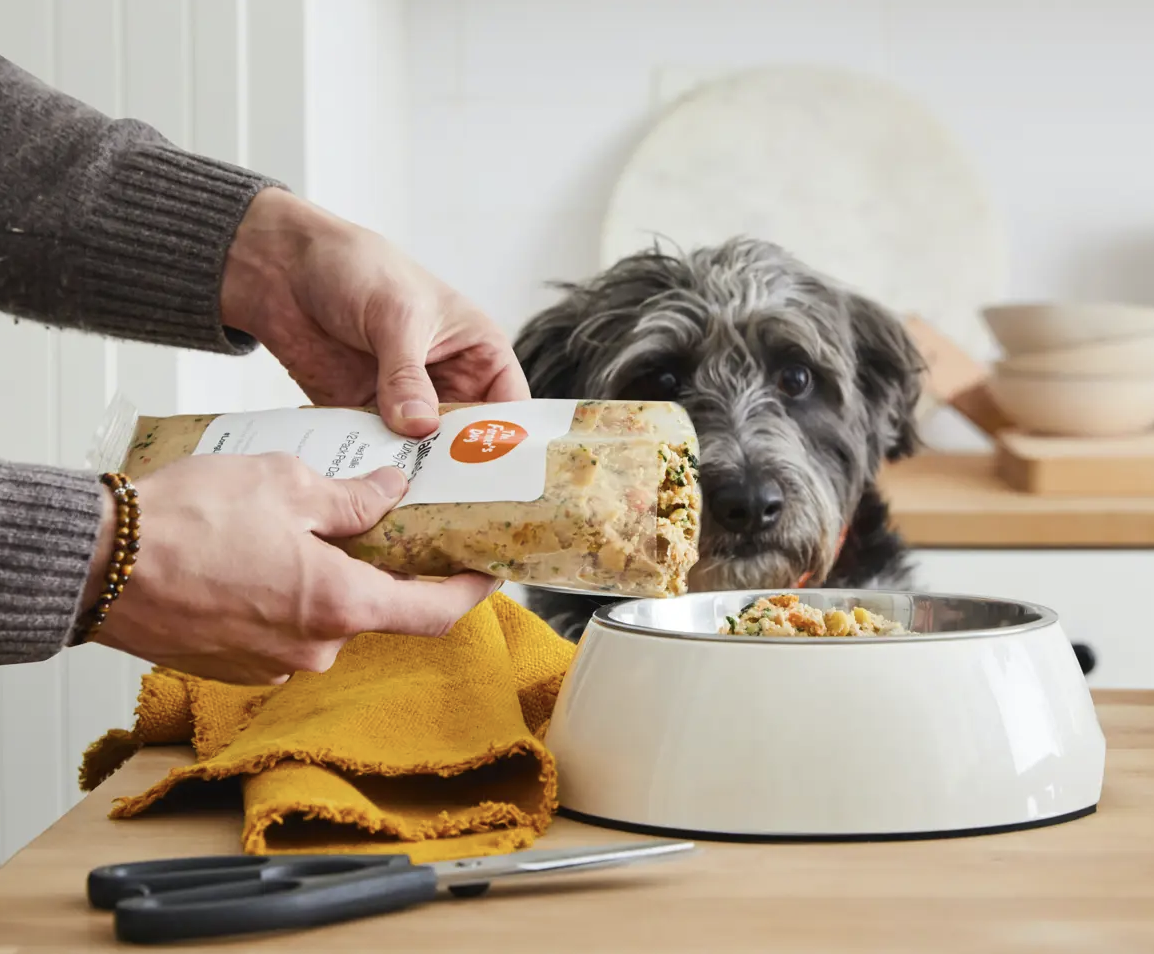
This is a fresh-frozen food that’s delivered to your home in just the right amounts for your dog. There are a number of fresh frozen dog foods available on the market and I tested them all. The Farmer’s Dog came up the winner with my picky dogs. You can see the fresh frozen food test here.
Save 60% on your first order
—
2. Sundays Food For Dogs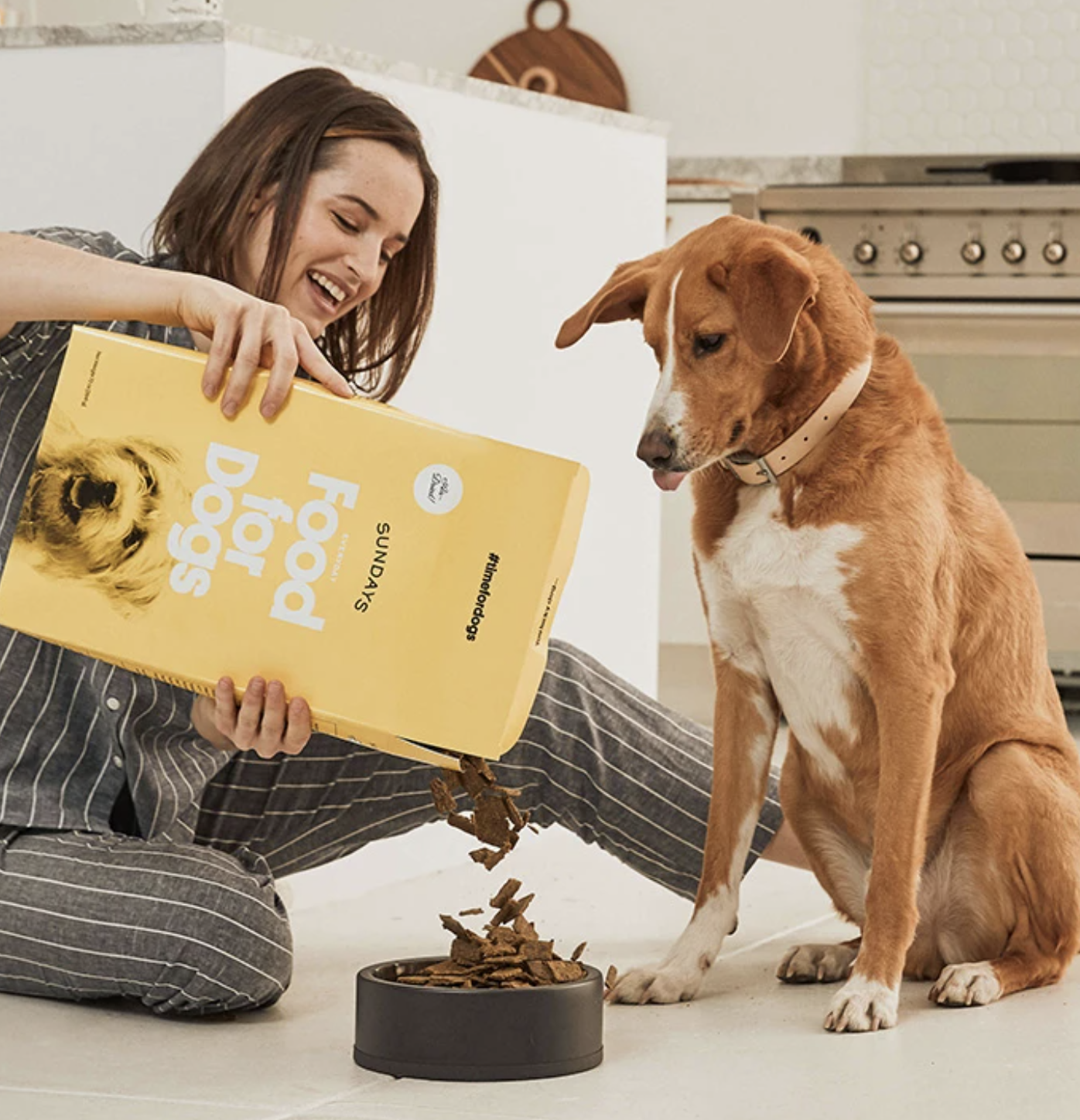
This is an air-dried food. It has the convenience of kibble (just pour it in the bow) but is much much healthier. It’s like little pieces of jerky, so dogs go crazy for it. There are a number of air-dried foods on the market. My dogs tested 3 of them. You can see the results of the air-dried food test here.
Get 35% off your first order + free shipping w/ code ROCKY35
3. We Feed Raw.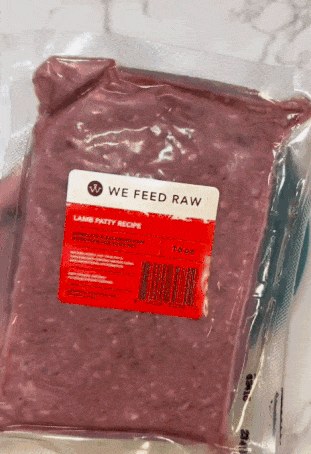
This raw food for dogs comes delivered to your home is perfectly sized portions for your pup. They primarily source their ingredients from trusted U.S. farmers, with two exceptions: venison and lamb. These ingredients are sourced from New Zealand, where some of the highest-quality and most ethically raised venison and lamb can be found. Pasture-raised and grass-fed and finished, we highly recommend trying these formulas if you’re interested in the best-quality ingredients. Save 25% on your first order.
Supplements: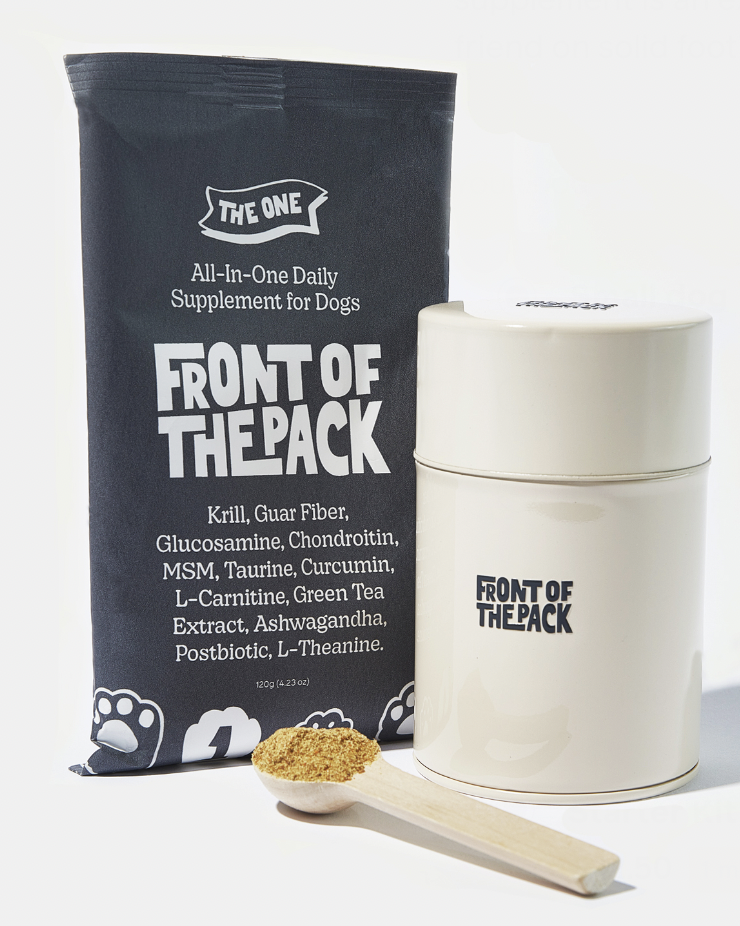
I highly recommend using a supplement on your dog’s food, not matter what you feed them, to ensure the meal is balanced and they are getting all the right supplements to help them stay healthy. The supplement I use is called The One from Front of the Pack. It has 12 ingredients that have been clinically-proven to keep your dog’s joints, skin, heart, digestion, and even their breath in tip-top shape. It’s also a powder, so easy to sprinkle on your dog’s food. For a limited time, when you buy one month you get a second month free.
c) Infections or Skin Conditions:
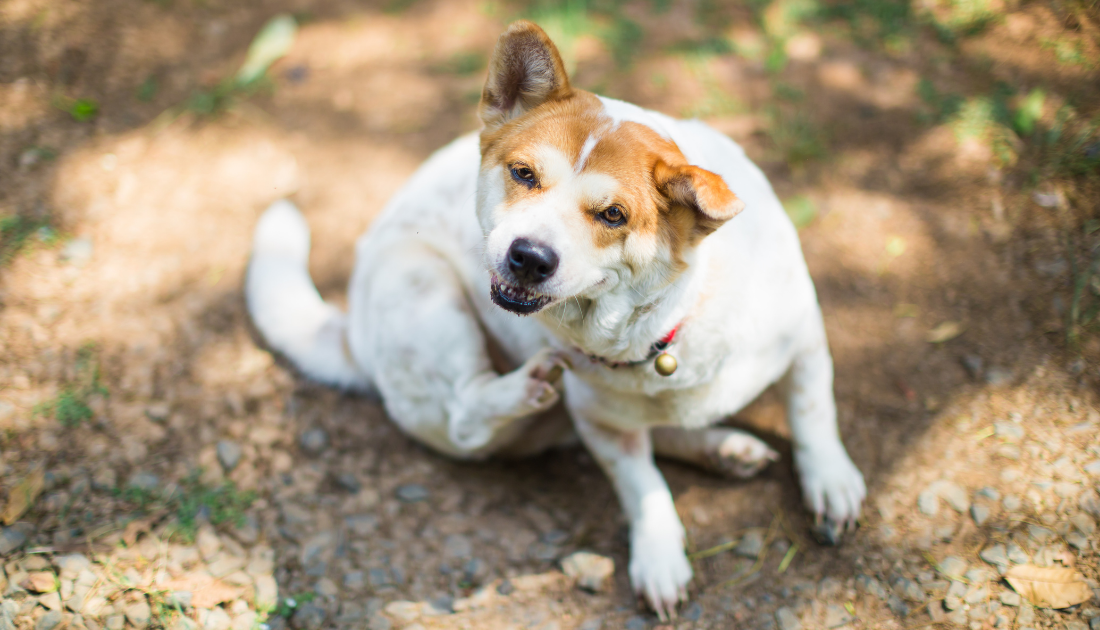
Cause: Skin infections, allergies, and other skin conditions can sometimes cause changes in the color and texture of a dog’s fur. Bacterial or fungal infections, as well as hot spots, may result in localized yellowing.
Solution: Consult your veterinarian for proper diagnosis and treatment of any underlying skin conditions. They may recommend medicated shampoos, topical creams, or oral medications to address the issue.
d) Jaundice:
Cause: In more severe cases, yellowing of the fur might be a sign of jaundice, a condition characterized by the buildup of bilirubin in the bloodstream. Jaundice can indicate liver problems or other underlying medical issues that require immediate veterinary attention.
Solution: If you suspect jaundice or notice other concerning symptoms, seek immediate veterinary care for proper diagnosis and treatment.
e) Process of Maturing and Aging Process:
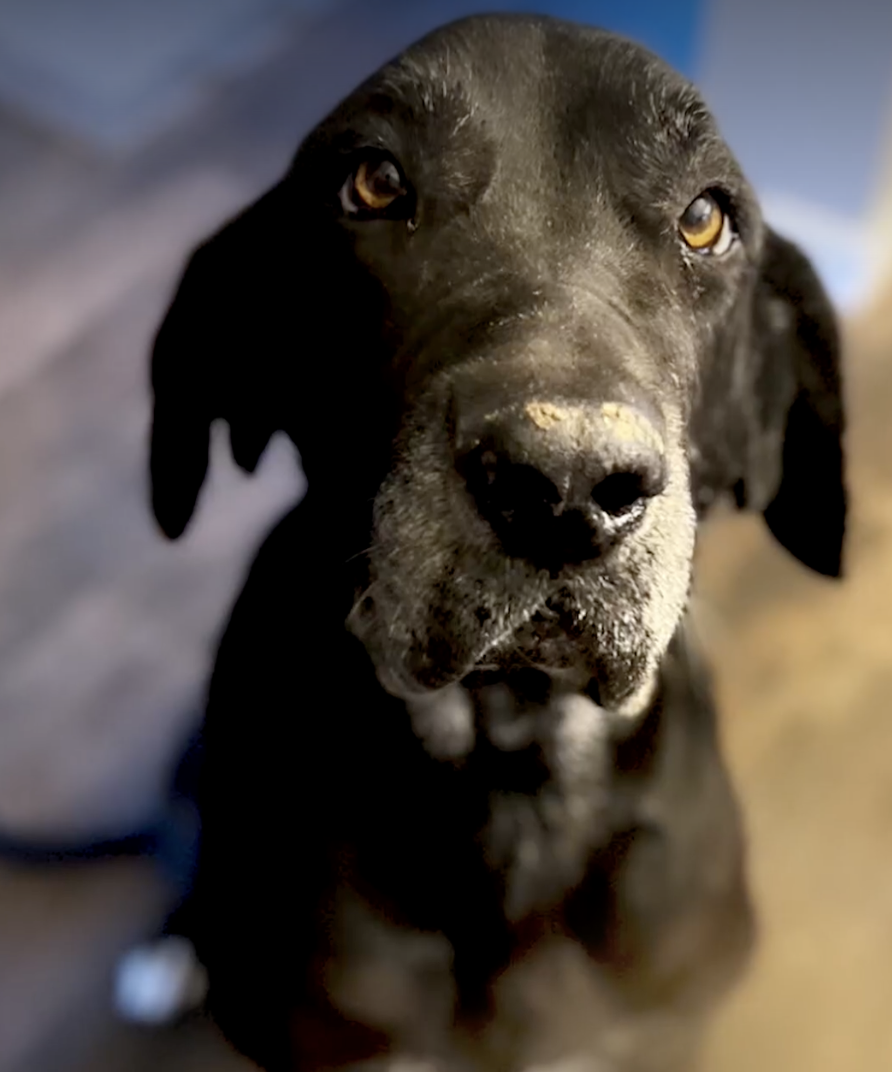
Cause: As dogs age, their coat pigmentation may change naturally, leading to a shift in color, including a yellowish hue.
Solution: While this change is generally normal, regular grooming and proper nutrition can help maintain a healthy coat during the aging process.
f) Impact of Sunlight and Effect of Shaving:
Cause: Prolonged exposure to sunlight can lighten a dog’s fur, making it appear more yellow. Additionally, shaving a dog’s coat too close to the skin can reveal the lighter undercoat, creating a similar effect.
Solution: Limit your dog’s sun exposure, especially during peak hours, and consider using pet-safe sunscreen on areas with lighter fur. Be cautious when shaving your dog’s coat and leave enough protection to prevent overexposure to sunlight.
g) History of Trauma:
Cause: In some cases, trauma to the skin or coat can disrupt the hair follicles’ pigmentation, resulting in a change in fur color.
Solution: Avoid further trauma and monitor the affected area. Allow time for natural healing and hair regrowth. If the discoloration persists or worsens, consult your veterinarian for evaluation and possible treatment.
h) Thyroid Hormones Out of Whack:
Cause: Thyroid imbalances can impact a dog’s coat pigmentation and lead to changes in color.
Solution: If a thyroid disorder is suspected, your veterinarian can conduct appropriate tests to diagnose the issue. Treatment may involve medication or other medical interventions to balance thyroid hormones and restore the coat’s natural color.
i) Impact of Estrogen:
Cause: In female dogs, an excess of estrogen may affect the coat’s pigmentation, causing it to turn yellowish.
Solution: If hormonal imbalances are suspected, consult your veterinarian for hormonal testing and potential treatment options to correct the issue.
j) Stains:
Cause: Dogs may come into contact with various staining substances outdoors, such as mud or plant pigments, leading to temporary discoloration of the fur.
Solution: Regular grooming and bathing can help remove stains from the coat. Additionally, consider avoiding areas where staining substances are prevalent during walks and outdoor activities.
k) Loss of Pigmentation:
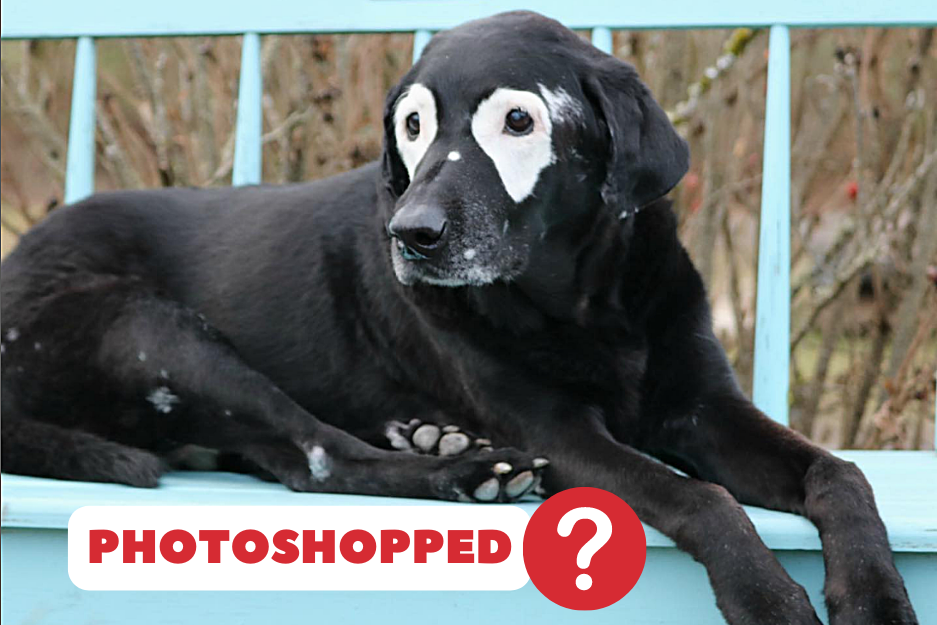
Cause: Certain medical conditions like vitiligo can lead to the loss of pigment-producing cells in the skin and coat, resulting in changes in fur color.
Solution: A proper diagnosis by a veterinarian is essential to determine the specific cause of pigment loss. In some cases, there may not be a solution to reverse the discoloration, but managing any underlying health conditions is crucial for your dog’s overall well-being.
l) Canine Flank Alopecia:
Cause: This condition is characterized by the loss of hair and sometimes changes in pigmentation, particularly in the flank region.
Solution: Consult your veterinarian for an accurate diagnosis and appropriate treatment options for canine flank alopecia. Management may involve topical or systemic therapies to encourage hair regrowth and address pigmentation changes.




